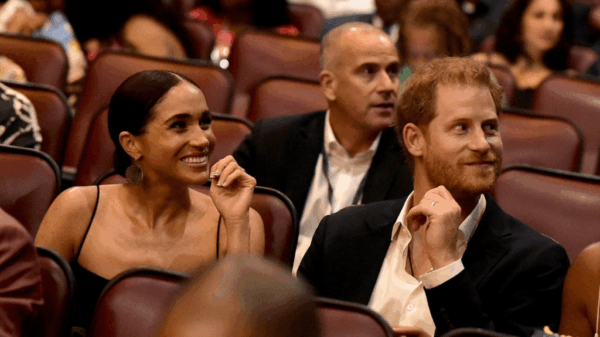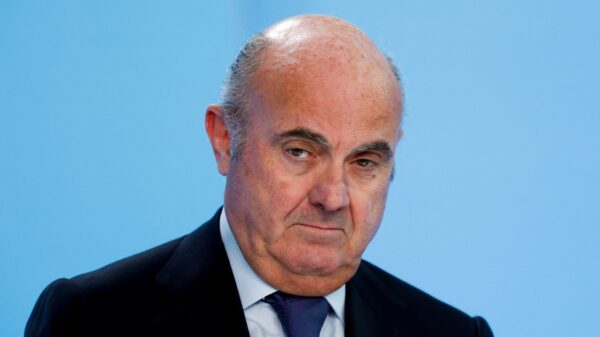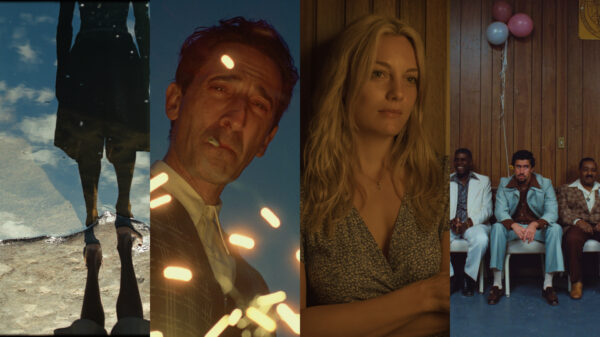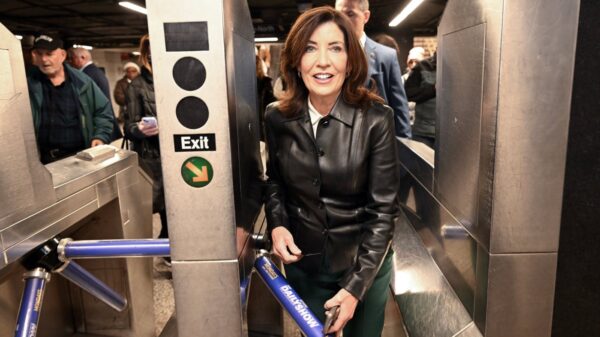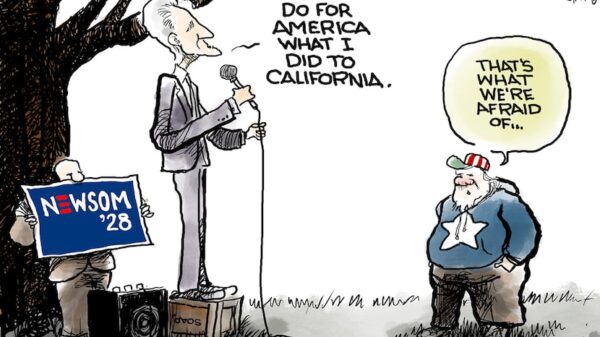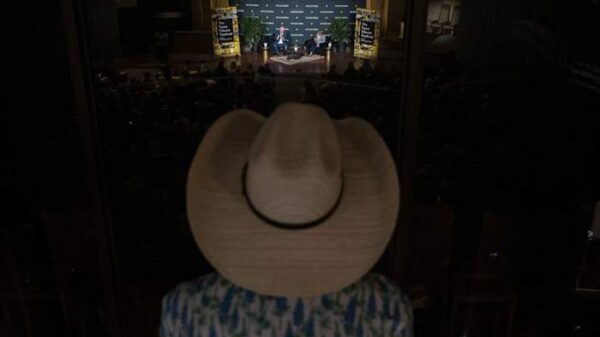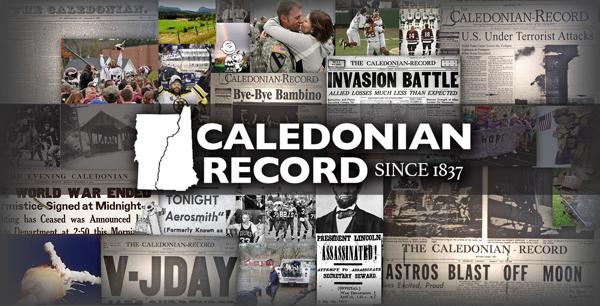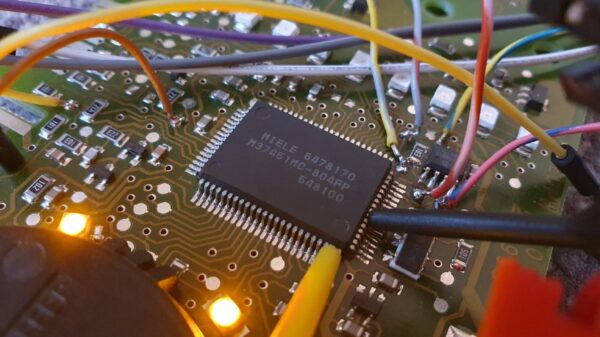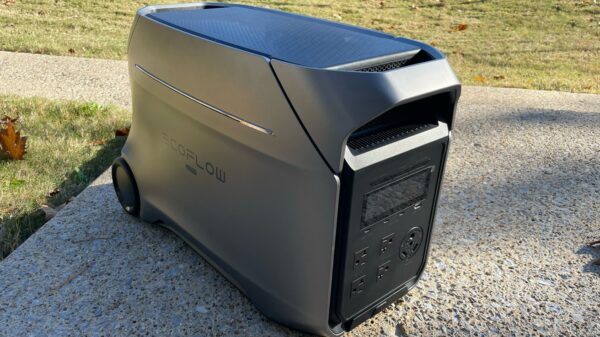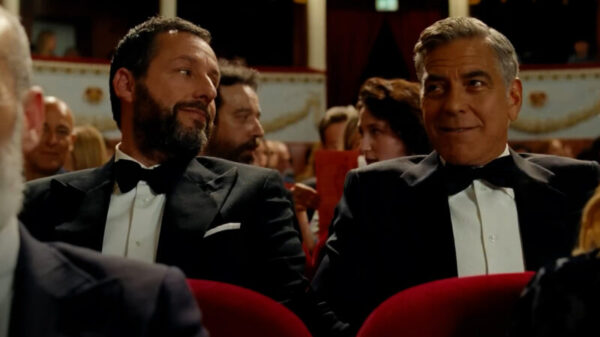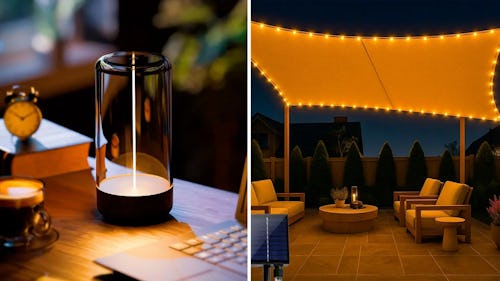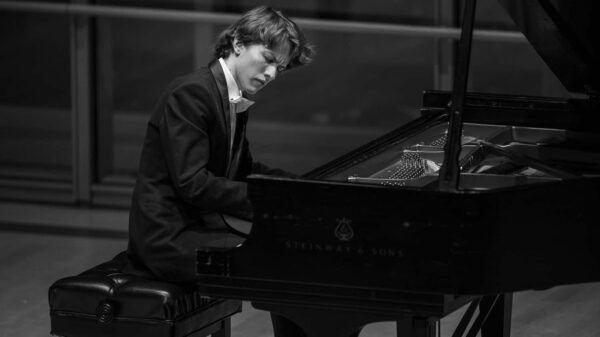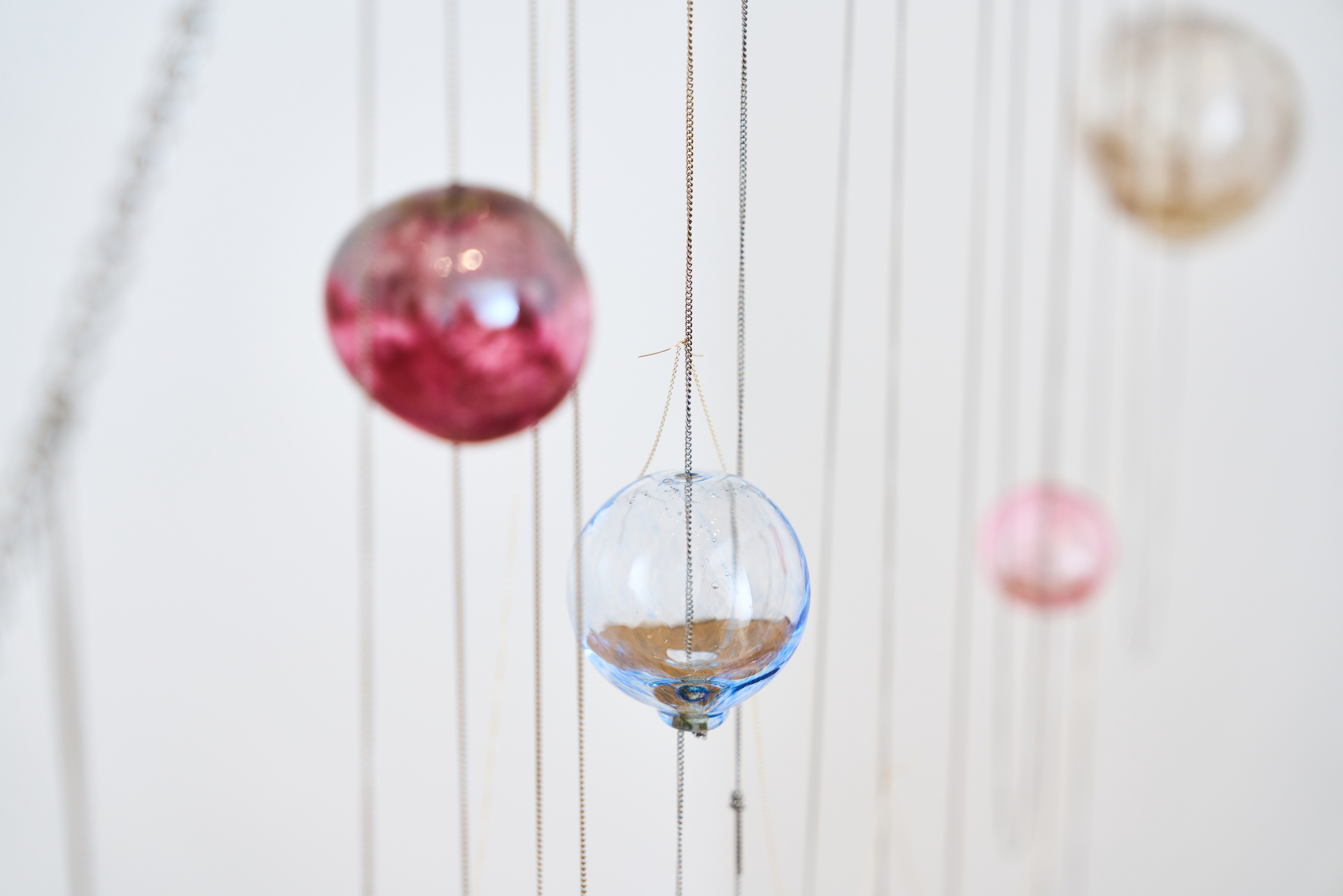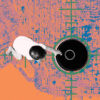Jillian Conrad is reshaping the understanding of drawing through her latest exhibition titled “What drawing can be: four responses,” currently on display at the Menil Drawing Institute in Houston, Texas. The show features five new works by Conrad, alongside site-specific installations by acclaimed artists such as Teresita Fernández, Tony Lewis, and Constantin Luser. Running until August 10, 2025, the exhibition challenges traditional perceptions of sculpture and drawing, inviting viewers to explore the intricate connections between these forms.
At the center of the exhibition is Conrad’s striking installation, “Cetus,” which partially levitates within the gallery space. This work comprises colored glass orbs suspended on delicate metal chains, some of which are anchored to asphalt on the ground while others cascade into playful squiggles. “Cetus” is inspired by the celestial constellation of the same name, referencing Greek mythology and early mapping techniques. Positioned as a focal point, it provides navigational cues for interpreting the other works in the exhibition.
Another significant piece, “Letter,” features a string net hanging from the ceiling, embedded with hand-formed pewter letters. These letters convey a heartfelt message, “I would gladly spend the night writing to you,” in both English and French. The sculpture evokes the essence of correspondence and the tangible nature of thoughts, linking back to a real-life letter written in 1758 during the Seven Years’ War. The original letters were valuable artifacts of their time, similar to the act of drawing itself, which transforms intangible emotions into visible forms.
Conrad emphasizes the interplay of loss and discovery through her works. “Letter” not only highlights the beauty of what is preserved but also reflects on what has been lost over time. This reciprocity with the world is a central theme in her practice, where the connections between elements create a sense of wholeness, even in absence.
The playful yet thought-provoking nature of Conrad’s work is evident in “Fork,” which consists of a rose branch paired with a small piece of brass. This piece carries a certain absurdity, blending humor with surrealism. As viewers navigate around “Fork,” they encounter a spatial separation that invites them to consider the unseen connections that exist beyond their immediate perception. Conrad likens this to the hidden section of a branch held in a bird’s beak, a reminder of the invisible worlds surrounding us.
Conrad’s artist talk further illuminated the themes present in her work. She described the psychic line as a conceptual boundary, encouraging viewers to venture into realms of imagination that extend beyond mere observation. Her approach merges looking, thinking, and creating, allowing for an enriched understanding of the artistic experience.
The exhibition, curated by Edouard Kopp, John R. Eckel, Jr., and Kelly Montana, continues to engage audiences, prompting discussions about the evolving nature of drawing and sculpture. “What drawing can be: four responses” not only showcases Conrad’s artistic vision but also serves as a platform for broader explorations of artistic expression in contemporary practice.
The Menil Drawing Institute is located at 1533 Sul Ross Street, Houston, Texas, and offers a unique space for experiencing innovative art that challenges traditional boundaries. Visitors are encouraged to immerse themselves in this thought-provoking exhibition before it concludes in August.


